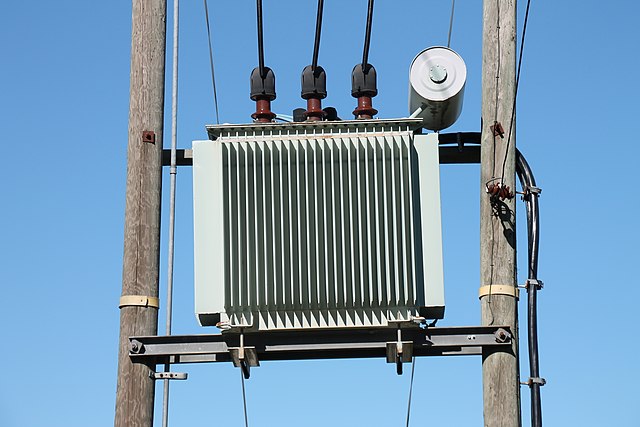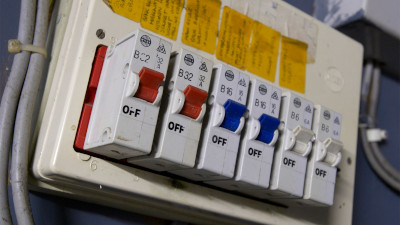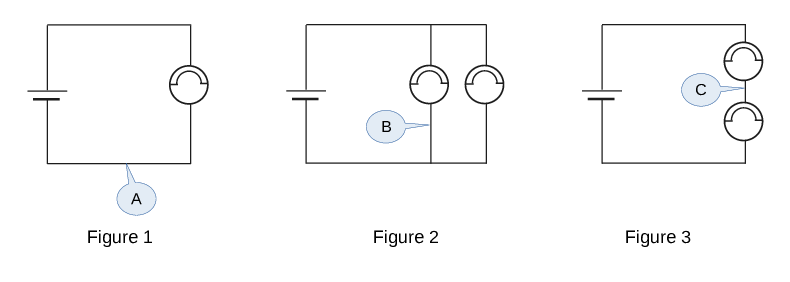Quiz about electricity and solar power
July 23, 2023
Question 1
Identify each of the objects in the pictures below.
 |
 |
 |
 |
 |
 |
Question 2
Explain the following terms:
(a) a battery
(b) a transformer
(c) electrical resistance
(d) solar power
(e) fossil fuels
(f) renewable energy
(g) utility power
Question 3
(a) What is a fuse? What are fuses for?
(b) Explain the terms conductor and insulator, and give examples of materials that are conductors, and other materials that are insulators.
Question 4
Match up each item in the left column with a word in the right column.
| solar | dam |
| off-shore farm | Saudi |
| hydro | sun |
| coal | wind |
| oil | particulates |
Question 5
When installing a solar module on the roof of a building, explain whether the following factors are relevant, and why.
(a) Obstructions on the roof.
(b) Whether the building is a residential building or a commercial building.
(c) The condition of the roof.
(d) Whether the building is in a village or a city.
(e) The orientation of the roof (whether it faces north, south, east or west).
(f) Whether the owner of the building is a man or a woman.
Question 6
Consider the figures below. Each figure shows a battery cell, and one or two bulbs arranged in a circuit. Current is flowing through the wires and the bulbs, so the bulbs are lit up.

(a) What happens to the bulb in Figure 1 if the wire is cut at the point marked A?
(b) What happens to the bulb on the left in Figure 2 if the wire is cut at the point marked B? What about the bulb on the right, what happens to it?
(c) What happens to the bulbs in Figure 3 if the wire is cut at the point marked C? Don’t forget to say what happens to each bulb.
Question 7
Assume in the figures above that the three cells are identical, and the five bulbs are also identical. The wires have not been cut.
(a) Suppose the cell is 12 V, and each bulb has a resistance of 40 ohms. Calculate the current at each of the points A, B and C. Also, what is the total current flowing through the cell in Figure 2?
(b) Which bulb(s) (among all the bulbs in the three figures) are the brightest, and which ones the dimmest? Explain your answer.
Question 8
(a) Explain what direct current (DC) means.
(b) What is alternating current (AC)?
(c) What is a transformer? Do transformers work with DC or AC? Explain your answer.
(d) Why is mains electricity delivered as AC rather than DC?
(e) For each of the following, explain whether it delivers DC or AC:
- A battery cell you put in a torch light
- A diesel-powered generator
- The charger for a mobile phone
- A 150 W solar panel on top of the roof of a building
- The inverter in a solar power installation
- A battery used to start a car
- The high-tension overhead lines delivering electricity to a village
- The mains power in a government building
Question 9
Suppose we have four wires, all of them made from the same material.
Wire A has a resistance of 10 ohms.
(a) Wire B is three times the length of wire A. What is the resistance of wire B?
(b) Wire C has the same length as wire A, but has two times the cross-sectional area. What is the resistance of wire C?
(c) Wire D also has the same length as wire A, and both of them have a cicular cross section. But the diameter (thickness) of wire D is double that of wire A. What is the resistance of wire D?
Question 10
(a) In the context of electricity, what is meant by power? How is power related to energy?
(b) A water kettle has a power rating of 1.1 kW, and is plugged into the mains power of 220 V. How much current will it draw?
(c) The kettle is filled with water and switched on. Ten minutes later, it has boiled the water and switches itself off. How much energy has it consumed?
During that process, the kettle contained 2 litres of water, and the temperature of the water was raised from 25 degrees Celsius to 100 degrees Celsius. Note that the specific heat capacity of water is 4184 Joules per kg per degree Celsius, and the density of water is 1 kg per litre.
(d) How much energy is required to raise the temperature of 2 litres of water from 25 deg Celsius to 100 deg Celsius?
(e) Is your answer to (c) greater or less than your answer to (d)? How would you explain the difference?